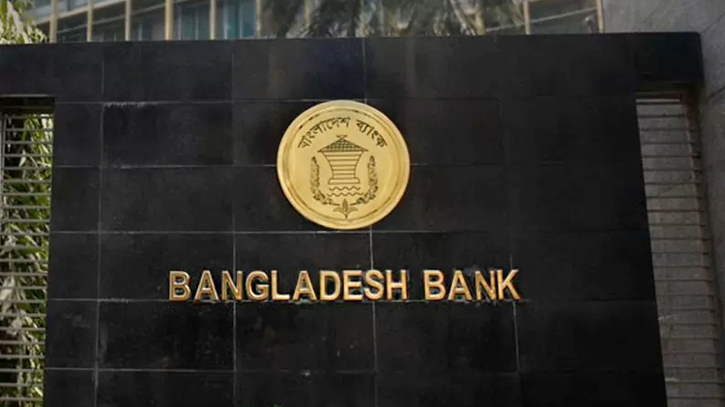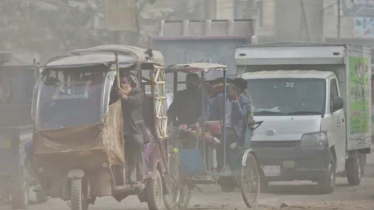
Photo : Collected
The non-banking financial institutions in the country are facing a persistent weakening trend, primarily attributed to the surge in defaulted loans and a multitude of irregularities. According to Bangladesh Bank, 21 non-banking institutions are experiencing pressure, yet they are expected to maintain normal conditions. However, a concerning scenario has emerged as 14 institutions are now deemed at risk due to the escalating issue of non-performing loans.
As per the central bank's assessment, there has been a consistent decline in the number of non-banking institutions in good condition since 2020, coupled with a simultaneous increase in the count of institutions facing challenges. In 2020, the number of non-banking institutions in good state was 18, which subsequently decreased to 16 in 2021 and further dropped to 14 in 2022.
According to a Bangladesh Bank report, the rise in defaulted loans was attributed to a substantial number of borrowers failing to meet their payment obligations. Notably, sectors such as electricity, gas, water, and sanitary services accounted for the highest proportion, making up 19 percent of loans and leases to non-banking institutions. Additionally, the ready-made garments sector contributed to 14 percent, while textiles comprised 11.44 percent of the defaulted loans.
According to the data, the defaulted loans in non-banking institutions were Tk 17,855 crore last March. It was Tk 14,232 crore in the same period last year. At present, almost a quarter of the total loans in NBFIs are non-performing loans.
Golam Sarwar Bhuiyan, Chairman of Bangladesh Leasing and Finance Companies Association and Managing Director of Industrial and Infrastructure Development Finance Company Limited, told The Daily Messenger that the main reason for the weak condition of 14 non-banking institutions is defaulted loans.
Due to the corona pandemic, borrowers got late repayment facility in 2020 and 2021. But, withdrawal of this facility last year has increased the amount of defaulted loans, he added.
An official of Bangladesh Bank said on condition of anonymity that non-banking financial institutions have increased in NBFIs in recent years. Lack of corporate governance worsened the situation of non-banking institutions.
In Bangladesh, non-banking institutions have been in image crisis for a long time due to irregularities and scandals in the lending of some institutions. Institutions face funding crunch as depositors’ confidence declines, which is another reason for their poor condition.
Simultaneously, NBFIs embroiled in various scams are grappling with a severe funding crunch. Compounding the situation, the amount of defaulted loans over the past 12 months has surpassed the disbursed loans of these institutions at an alarming rate. This confluence of financial improprieties and escalating default rates paints a worrisome picture for the stability and viability of these non-bank financial entities.
Bankers have highlighted that the stagnation in loan growth can be attributed to multiple factors, including the funding crisis faced by several financial institutions. Despite the current low Non-Performing Loan (NPL) ratio, it is acknowledged that the actual non-performing loans of institutions are higher, underscoring the impact of various facilities provided by the central bank to mitigate this issue.
In response to the challenges, financial institutions are actively implementing measures to bolster the recovery of defaulted loans. These initiatives are crucial for their survival, particularly in the face of the ongoing funding crisis.
Abdul Jabbar, Managing Director of Aviva Finance Limited, said, “Some financial institutions are now more focused on debt collection due to some problems in the previous loan disbursement. Due to this, their loan disbursement is low. Furthermore, it has been observed that certain institutions have disbursed loans to areas that pose a higher risk of default. This imprudent allocation of loans to less viable sectors has contributed to the escalating problem of defaulted loans,” he said.
According to him, at present, consumer deposits are decreasing due to inflation and increasing import costs. In addition, financial institutions are not getting significant amount of deposits as the interest rate is relatively not higher compared to banks.
Messenger/Fameema








